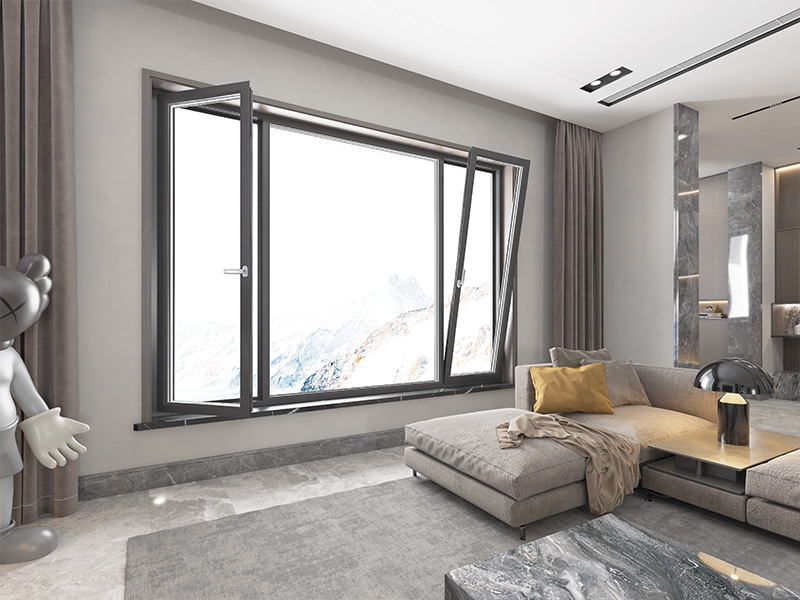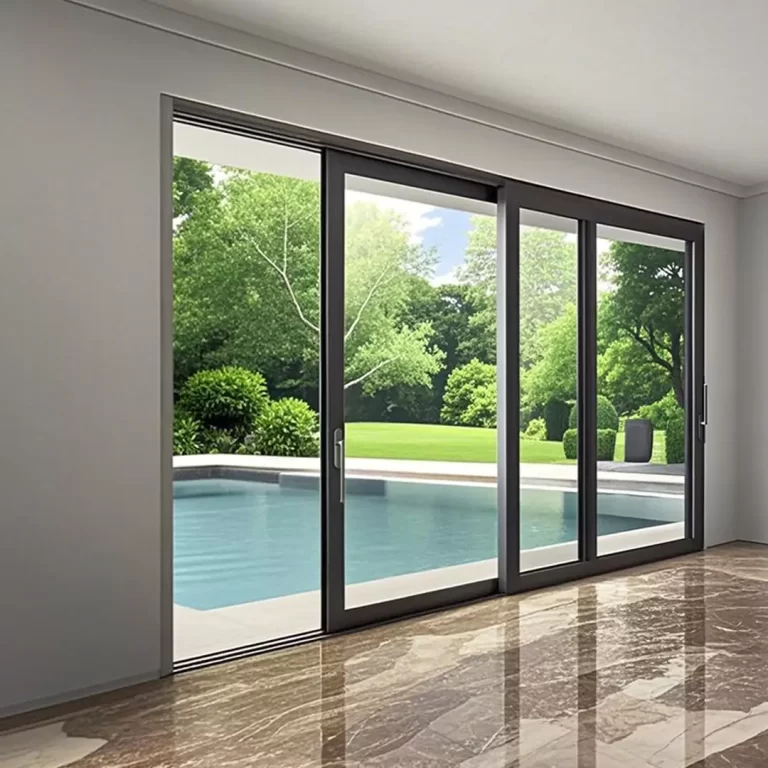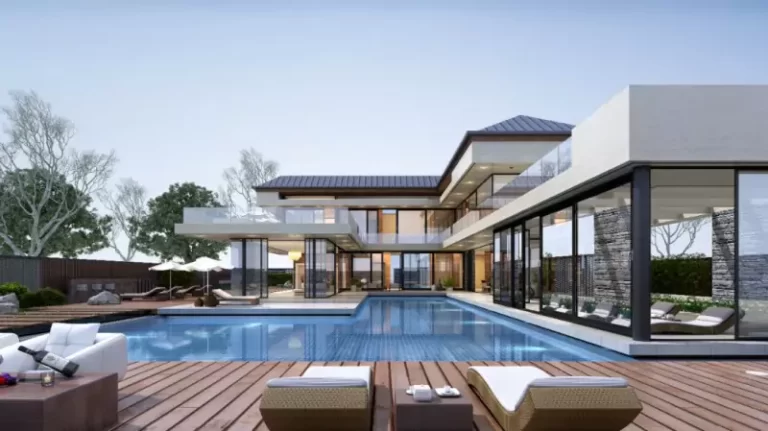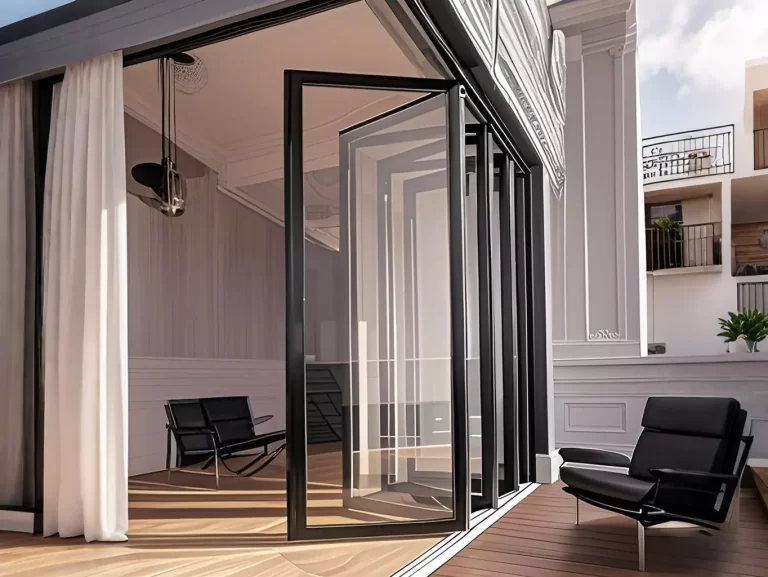Desk of contents:
what’s a tilt and flip window?
How Do Tilt-and-flip windows perform?
The history Of Tilt And flip home windows
pros and Cons of Tilt and flip home windows
Casement vs. Tilt and flip windows
How tons do tilt and flip home windows fee?
Tilt-and-turn windows, though predominantly preferred in Europe and China, are gradually gaining traction inside the united states. This growing interest means that now not all window suppliers offer them. but, for house owners searching for an fashionable, versatile window answer that maximizes herbal mild and capability, tilt-and-turn home windows warrant attention.
What’s a tilt and flip window?
Tilt-and-flip windows distinguish themselves with their dual-functionality layout. They function a unique hinge mechanism that allows for 2 wonderful modes of operation: they could either tilt inwards from the top or swing open inwardly like a conventional casement window. this pliability gives homeowners the selection among complete ventilation and managed airflow, all while enhancing security.
How Do Tilt-and-turn home windows perform?
Tilt-and-turn windows characteristic via two primary modes:
Turning Mode: The window opens completely inward thru aspect hinges, corresponding to a door, facilitating ease of cleansing the outside from internal and taking into consideration unobstructed ventilation and perspectives.
Tilting Mode: The window tilts inwardly from the pinnacle, making use of bottom hinges. This partial starting lets in for controlled airflow, privacy, and safety towards unfavourable climate situations.
The operation is controlled through a deal with with distinct positions: turning the manage ninety stages engages the facet hinges for a door-like commencing, while turning it 180 levels activates the lean feature. these mechanisms make sure smooth, controlled operation, with out a option for outward establishing.
Elegant tilt-flip window providing flexible beginning alternatives for air flow and easy cleaning, with secure locking.
The history of Tilt-and-turn windows
The inception of tilt-and-turn windows dates again to early twentieth-century Germany, with the primary patent filed in 1909 by way of German engineer Karl Feuerbach. The publish-warfare generation saw a surge of their popularity throughout Europe because of advancements in manufacturing and heightened call for for power-efficient answers. currently, tilt-and-flip home windows are globally synthetic and are a staple in both residential and commercial settings, specially in Europe, in which they incorporate about 60% of new window installations.
Advantages:
modern-day Aesthetic: Tilt-and-turn windows offer a graceful, contemporary look with easy lines and minimum hardware, enhancing the visual enchantment of any belongings.
advanced Sound Insulation: Their strong sealing and multi-factor locking systems make a contribution to brilliant electricity efficiency and powerful soundproofing, fostering a tranquil indoor environment.
better protection: the tilt feature minimizes potential dangers, mainly in homes with kids, through proscribing the window’s beginning length and preventing full swings.
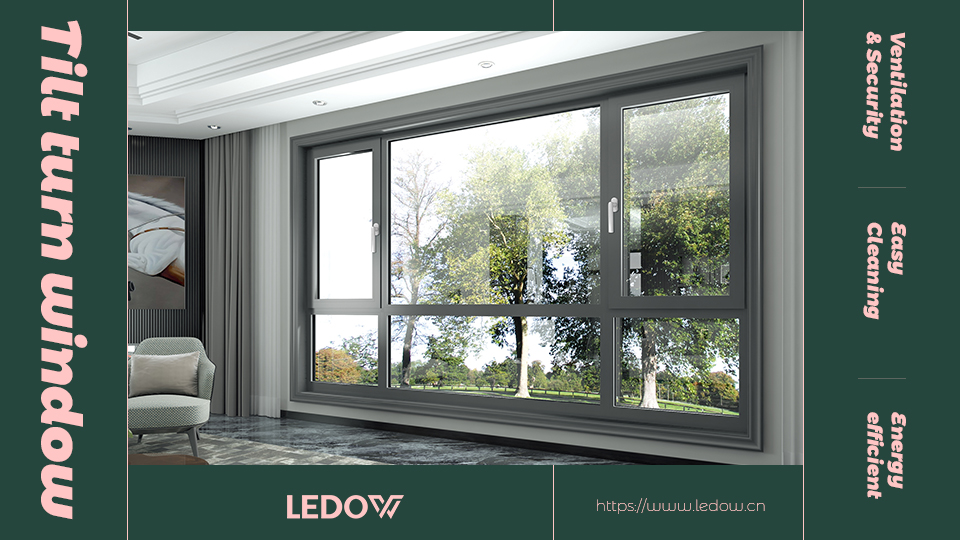
Dangers:
better initial fee: The superior engineering and multi-capability of tilt-and-turn home windows normally result in a better upfront price in comparison to traditional home windows. however, their long-time period advantages in electricity performance and functionality can justify the investment.
layout Complexity: The state-of-the-art mechanism of tilt-and-flip windows can pose challenges in terms of repairs and protection, potentially growing prices and complexity.
confined Aesthetic Versatility: while their contemporary layout is appealing, tilt-and-flip home windows may not align with every architectural fashion, in particular conventional or duration-precise designs.
getting to know Curve: The dual-capability of tilt-and-turn home windows may require an adjustment length for customers surprising with their operation.
Get an Thermal Break Aluminum Windows Quote For Your Home →
Casement vs. Tilt-and-turn windows
power performance: both tilt-and-turn and casement home windows are regarded for his or her power performance. in step with NFRC facts, tilt-and-flip windows frequently outperform casement home windows in phrases of U-cost when evaluating the same materials and glass configurations.
Noise Insulation: Tilt-and-turn home windows may additionally have a slight area in noise discount because of their superior sealing capabilities. that is particularly beneficial for homes located in noisy environments.
air flow and safety: Tilt-and-flip home windows provide flexible air flow alternatives. They can be tilted for managed airflow or fully opened for max air flow. however, they want to be geared up with restrictors to save you small children from climbing out whilst fully opened.
safety features: both window types provide sturdy safety, but tilt-and-turn home windows typically offer greater safety due to their a couple of locking points. For homes with small children, tilt-and-flip home windows are usually more child-friendly because of their higher, less available establishing mechanisms.
protection: Tilt-and-flip windows’ inward commencing mechanism helps smooth cleaning from interior, making them best for multi-story homes. In evaluation, casement windows may additionally require ladders for cleansing higher installations, posing ability risks.
layout and Aesthetics: Tilt-and-turn windows are praised for their cutting-edge, useful layout that complements quite a number architectural patterns. Casement windows, but, provide a classic, undying look proper to each traditional and modern settings. the choice between the 2 depends on private preference and the belongings’s architectural style.
interior decoration: Inward-commencing windows may additionally necessitate the elimination of indoors decorations for cleaning, which can be bulky. Outward-opening windows, but, allow for the retention of decorations, curtains, or blinds.
installation issues: The installation of tilt-and-turn home windows requires particular alignment because of their inward-opening mechanism. Casement home windows, with their outward starting, might also present distinctive set up demanding situations, mainly in limited areas. expert knowledge is suggested for highest quality set up.
Price of Tilt-and-turn home windows
You’ve decided to put in a tilt and flip window in your home. the next query is, how tons do new windows value? The price of tilt-and-turn home windows varies primarily based on elements inclusive of materials, dimensions, and custom capabilities. usually, their initial fee is better than conventional window types, reflecting their superior layout and multi-factor locking gadget.
Don’t hesitate to attain out to us for expert steerage and 86f68e4d402306ad3cd330d005134dac window solutions.



